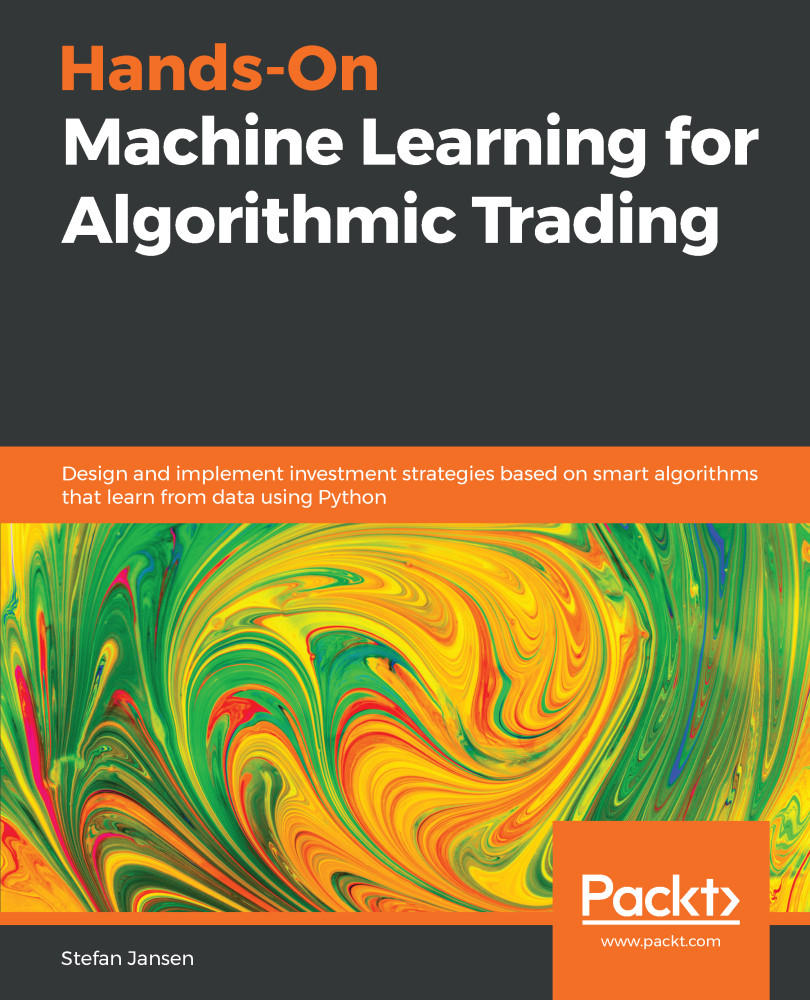In Chapter 6, Machine Learning Process, we discussed how unsupervised learning adds value by uncovering structures in the data without an outcome variable, such as a teacher, to guide the search process. This task contrasts with the setting for supervised learning that we focused on in the last several chapters.
Unsupervised learning algorithms can be useful when a dataset contains only features and no measurement of the outcome, or when we want to extract information independent of the outcome. Instead of predicting future outcomes, the goal is to study an informative representation of the data that is useful for solving another task, including the exploration of a dataset.
Examples include identifying topics to summarize documents (see Chapter 14, Topic Modeling), reducing the number of features to reduce the risk of overfitting and the computational cost...


